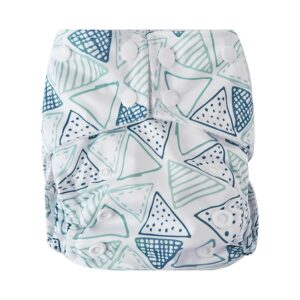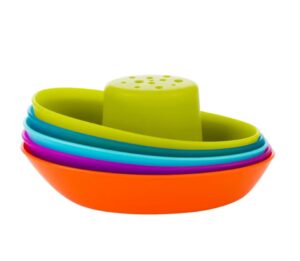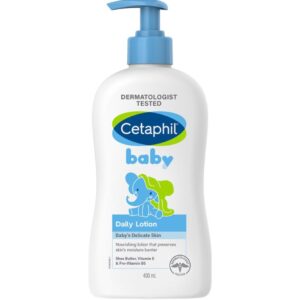There’s nothing like putting a baby in the tub for a scrub-a-dub-dub. The warm water is often a soothing experience for little ones, can encourage a better night’s sleep and is part of the night-time bed routine for many families.
And there’s loads of baby bath products available - from funky fun toys to keep babies engaged, to calming lotions and potions promising soft skin and beautiful smells. Frothy bubble bath mixture lines supermarket and chemist shelves, as do natural and organic moisturisers and baby shampoos.
But not all baby bath products are created equal. In fact, some should be avoided altogether— yes, even the ones that proclaim to be totally natural or organic. To help ensure bath time is a happy and (most importantly) safe time for parents and babies, we’ve compiled a list of some bath products to avoid (and what you can buy instead).
So. if you’re a new parent, or you’re looking for the perfect baby shower present, read this first.





